Breadcrumb
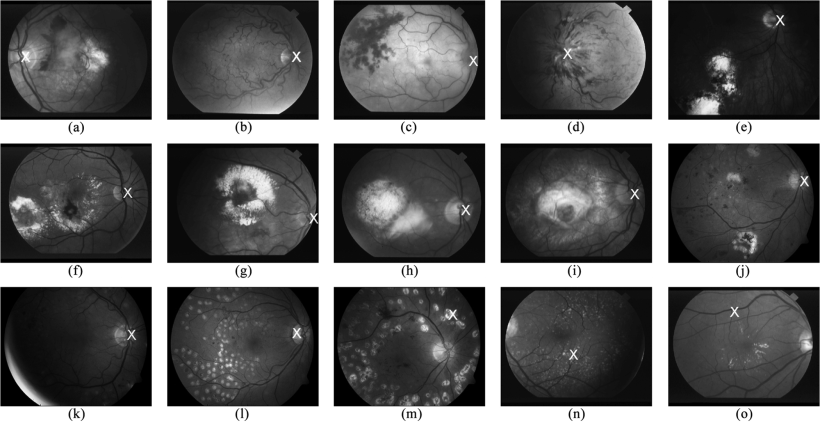
Fast localization of the optic disc using projection of image features
Optic Disc (OD) localization is an important pre-processing step that significantly simplifies subsequent segmentation of the OD and other retinal structures. Current OD localization techniques suffer from impractically-high computation times (few minutes per image). In this work, we present a fast technique that requires less than a second to localize the OD. The technique is based upon obtaining two projections of certain image features that encode the x- and y- coordinates of the OD. The resulting 1-D projections are then searched to determine the location of the OD. This avoids searching
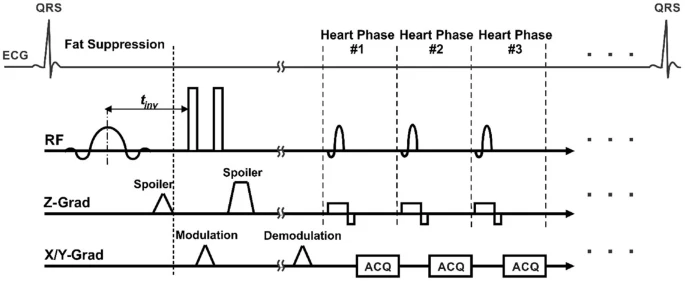
An efficient fat suppression technique for stimulated-echo based CMR
[No abstract available]
Detection of cardiac function abnormality from MRI images using normalized wall thickness temporal patterns
Purpose. To develop a method for identifying abnormal myocardial function based on studying the normalized wall motion pattern during the cardiac cycle. Methods. The temporal pattern of the normalized myocardial wall thickness is used as a feature vector to assess the cardiac wall motion abnormality. Principal component analysis is used to reduce the feature dimensionality and the maximum likelihood method is used to differentiate between normal and abnormal features. The proposed method was applied on a dataset of 27 cases from normal subjects and patients. Results. The developed method
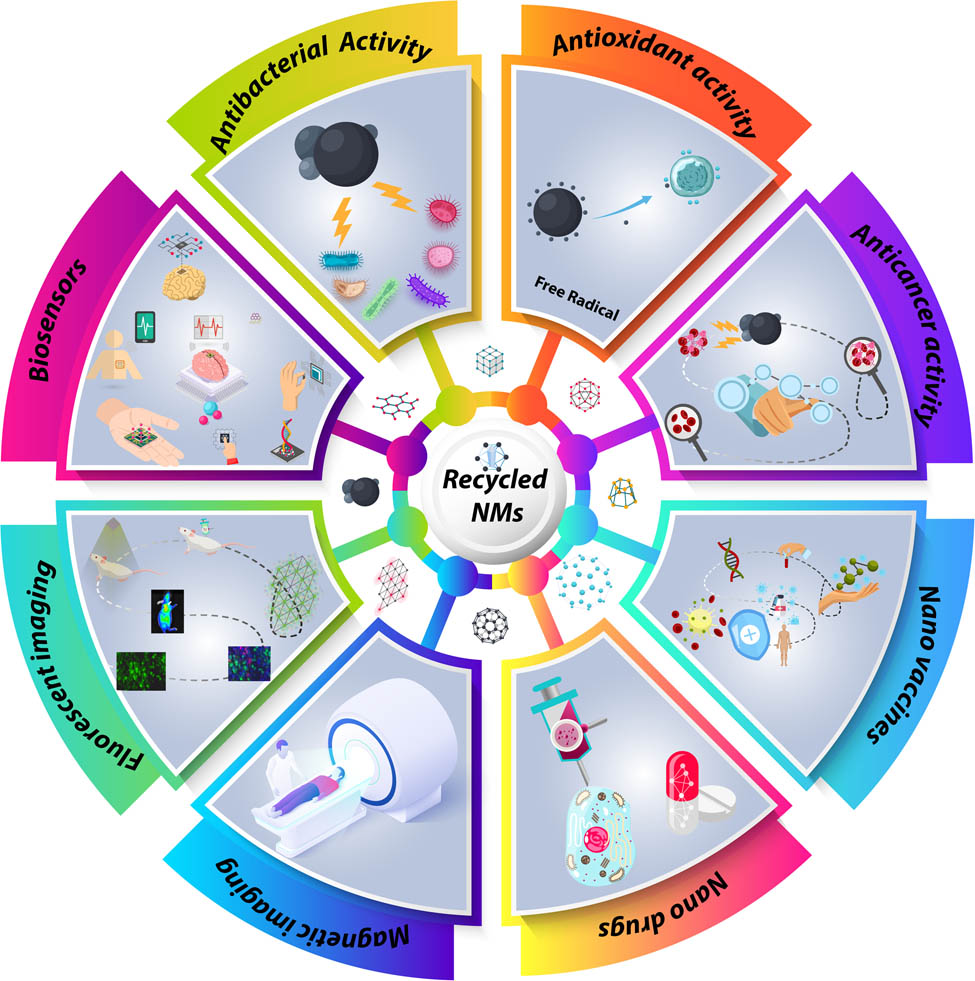
Recent advances in waste-recycled nanomaterials for biomedical applications: Waste-to-wealth
Global overpopulation, industrial expansion, and urbanization have generated massive amounts of wastes. This is considered as a significant worldwide challenge that requires an urgent solution. Additionally, remarkable advances in the field of biomedicine have impacted the entire spectrum of healthcare and medicine. This has paved the way for further refining of the outcomes of biomedical strategies toward early detection and treatment of different diseases. Various nanomaterials (NMs) have been dedicated to different biomedical applications including drug delivery, vaccinations, imaging
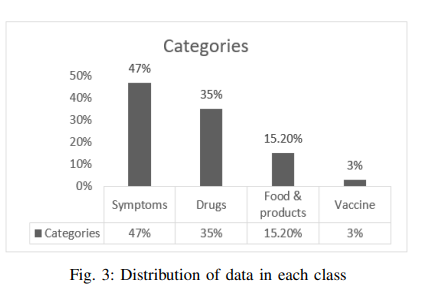
Intelligent Arabic-Based Healthcare Assistant
Text classification has been one of the most common natural language processing (NLP) objectives in recent years. Compared to other languages, this mission with Arabic is relatively restricted and in its early stages, and this combination in the medical application area is rare. This paper builds an Arabic health care assistant, specifically a pediatrician that supports Arabic dialects, especially Egyptian accents. The proposed application is a chatbot based on Artificial Intelligence (AI) models after experimenting with Two Bidirectional Encoder Representations from Transformers (BERT) models
Association between long noncoding RNA taurine-upregulated gene 1 and microRNA-377 in vitiligo
Background: Taurine-upregulated gene 1 (TUG1) is one of the long noncoding RNAs (lncRNAs) that plays a role in melanogenesis. MicroRNA-377 (miRNA-377) is a conserved noncoding RNA that regulates angiogenesis and promotes oxidative stress. Peroxisome proliferator-activated receptors (PPARs) are components of the nuclear hormone receptor superfamily. PPAR-γ activators stimulate melanogenesis. Interleukin (IL)-17 has been implicated in the pathogenesis of several immunological diseases. This work aimed at detecting the expression levels of lncRNA TUG1, miRNA-377, PPAR-γ, and IL-17 among vitiligo
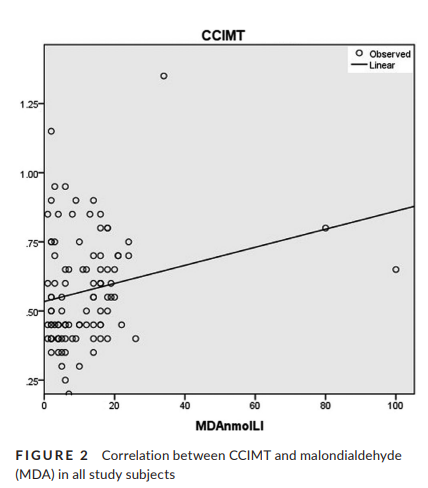
Support for increased cardiovascular risk in non-segmental vitiligo among Egyptians: A hospital-based, case–control study
Background: Data have been accumulating in the past few years that identify vitiligo as a disorder with systemic implications. Results and methods: In this hospital-based, cross-sectional, case–control study, 50 patients with non-segmental vitiligo and 50 age- and sex-matched controls underwent analysis of serum lipid profile, oxidative stress biomarkers and carotid duplex. Hydrogen peroxide (H2O2) and malondialdehyde (MDA) were significantly higher in patients than controls (p-value <.001, <.001, respectively); on the other hand, total antioxidant capacity (TAC) was significantly lower in
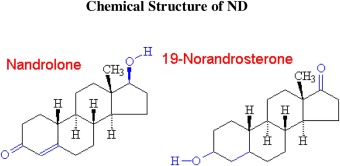
Nandrolone decanoate safely combats catabolism in burned patients: A new potential indication after recall
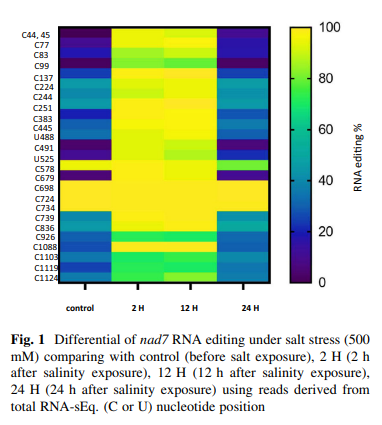
Salinity stress reveals three types of RNA editing sites in mitochondrial Nad7 gene of wild barley both in silico and in qRT-PCR experiments
Cellular respiration is an important process performed by mitochondria. Nad complex is the major complex involved in this process and one of the main subunits in this complex is the nad7 (nad dehydrogenase subunit 7). In Hordeum vulgare subsp. spontaneum, four nad7 cDNAs are described at 500 mM salinity, 0 h, or control (GenBank accession no. MW433884), after 2 h (GenBank accession no. MW433885), after 12 h (GenBank accession no. MW433886) and after 24 h (GenBank accession no. MW433887). Twenty six RNA editing sites were revealed in positions: C44, C45, C77, C83, C99, C137, C224, C244, C251
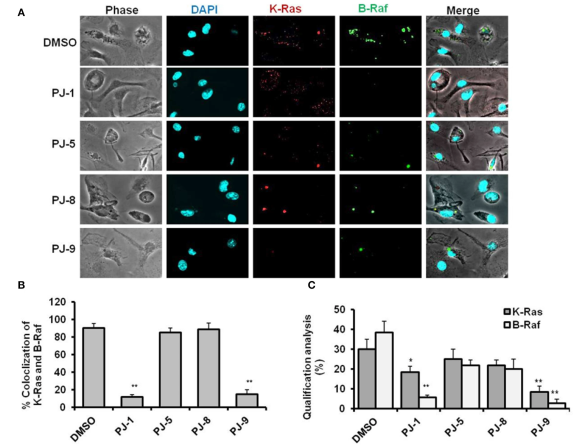
Selective Regulation of B-Raf Dependent K-Ras/Mitogen-Activated Protein by Natural Occurring Multi-kinase Inhibitors in Cancer Cells
Pagination
- Previous page ‹‹
- Page 19
